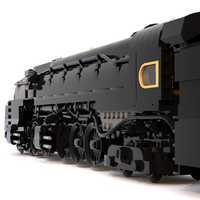Sign in to follow this
Followers
0

Seeking opinion: JNR loading gauge
By
ProvenceTristram, in LEGO Train Tech
-
Recently Browsing 0 members
No registered users viewing this page.
